Self-service is more popular than ever before with 81% of customers attempting to self-solve before reaching out to a live representative according to the CEB. With a cost of pennies per transaction instead of hundreds or even thousands of dollars per assisted case, it’s no wonder why more and more companies are investing in this channel. But focusing purely on self-service is a huge mistake because the more successful that initiative is, the more complicated your assisted channel will become.
Take the airline industry as an example. Nobody enjoys waiting in line at the airport counter. But 20-years ago, most people simply needed to check-in and print out their tickets – a quick and easy task for the airline representative to complete. To the delight of both airlines and their customers, most of these simpler transactions have been removed from the assisted service queue thanks to self-service kiosks and mobile apps. But what remains is a set of much more complicated and time consuming issues for a smaller number of agents to handle.
While no company aspires to replicate the airline industry’s poor level of customer service, plenty do so unwillingly. These companies don’t understand that increased self-service adoption means that when the customer does call, their problem will be more complex.
Service representatives are experiencing extreme difficulties in handling this increased complexity. Service managers see longer average handle times, increased case costs, and higher agent churn. Customers defect to a competitor.
Seven Types of Reps
The CEB has studied over 1,400 service reps across a variety of industries to understand who best handles this complexity . Seven different personality types were analyzed and the results were recently published in the Harvard Business Review.
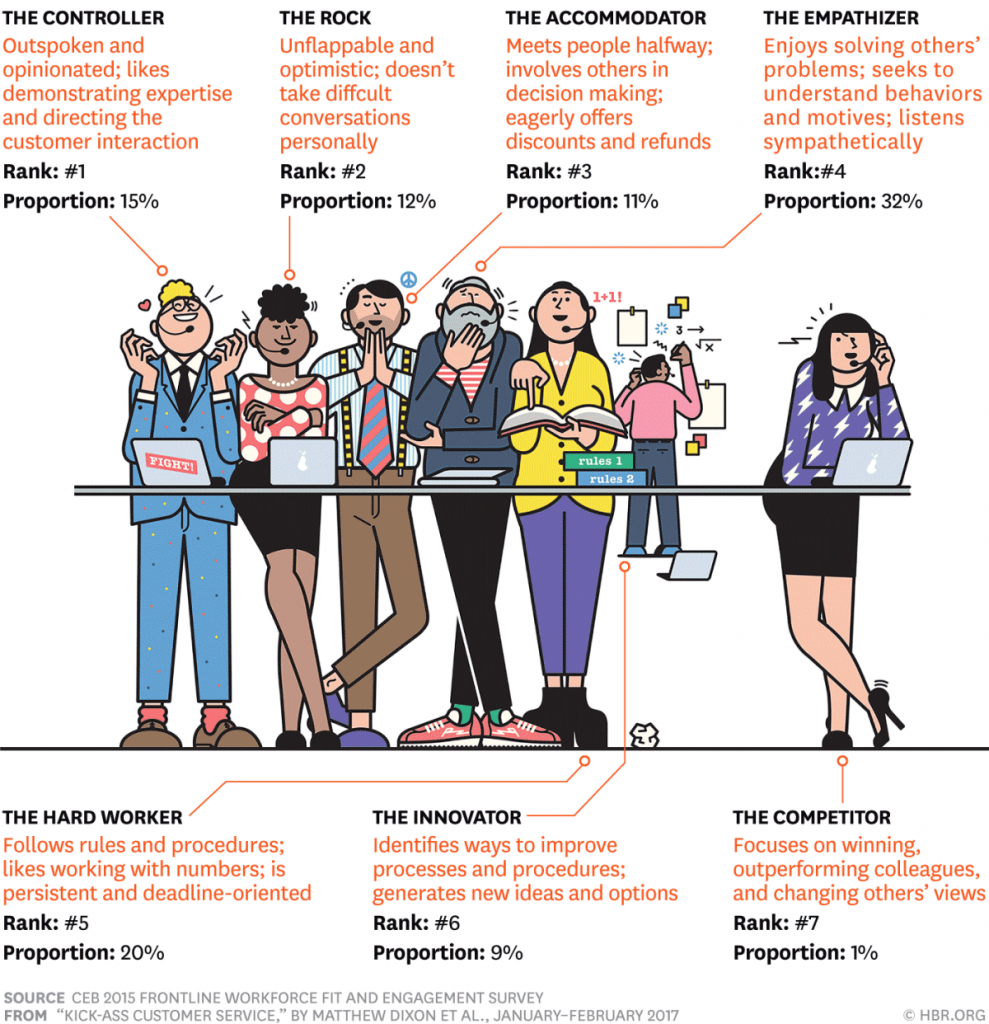
While service managers strongly prefer and more often hire the “Empathizer” profile, these reps perform quite poorly in today’s world of impatient customers with highly complex issues.
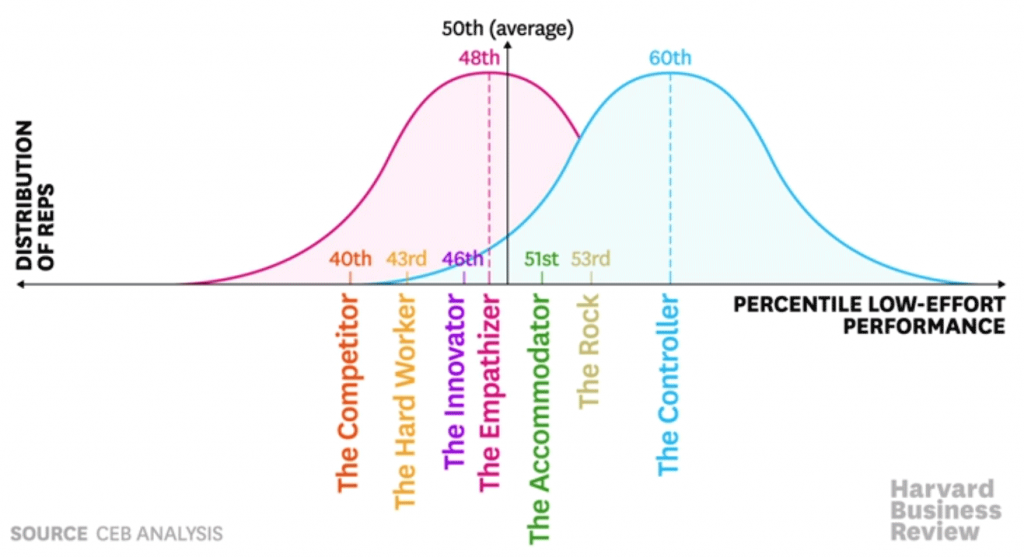
The top-performing personality type, the “Controller,” has always been my personal favorite. They are natural problem solvers who are driven to deliver prompt, low-effort service and are completely comfortable with their expertise even with complicated problems. Controller reps are more efficient and proficient.
Building a Service Organization Capable of Handling More Complexity
According to the CEB’s research and my own 20-year experience in the support industry, the key to a controller rep’s success is their ability to consider the customer’s personality and the context of the call in order to customize a solution and present it effectively. Controller reps provide clear guidance instead of apologizing for excessive choice and confusion.
So how can your service organization be optimized for controllers while also helping other reps better handle more complex issues?
1 – Know the Customer
Despite the buzz, an organization rarely has a truly 360-degree view of their customer. Yet simple information like what products the customer owns, a summary of previously opened cases, and how the current case originated will suffice. Most organizations have this data, but few expose it to the rep in an easily consumed manor.
2 – Know the Rep
Different reps have different needs. A tier 1 rep needs more FAQ-like content and an easier interface while a tier 4 rep expects technical information in a more advanced user experience. Know your rep and then present an appropriate experience for each demographic.
3 – Put Content into Context
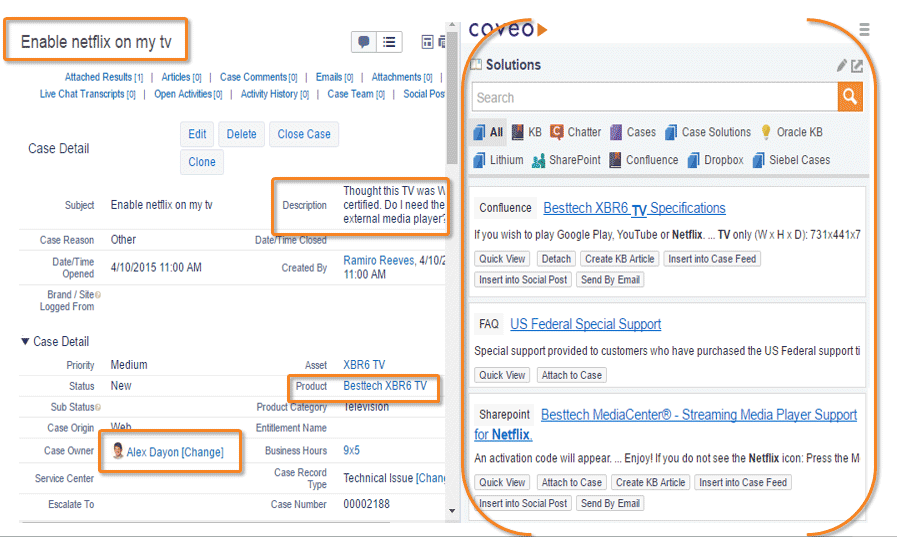
Once you know the customer and the rep, you can effectively present content in context. The example above shows that Alex Dayon is a Tier 1 rep working the case, so we boost more novice content like wiki articles and FAQs. Alex is assisting a federal government customer with the XBR6 television, so search results are adjusted accordingly. Each piece of context is weighted differently, such as filtering out information not related to the customer’s product while boosting solutions tagged to a governmental support plan without eliminating standard support documentation.
4 – Remind Customers to Self-Serve
If you see that the customer didn’t try to self-solve, politely ask them why not. A majority of the time you’ll find that they didn’t want to call in but assumed it was required. Take this opportunity to walk your customer through the available self-service options so that they will leverage that channel next time.
5 – Respect Customers who tried Self-Service
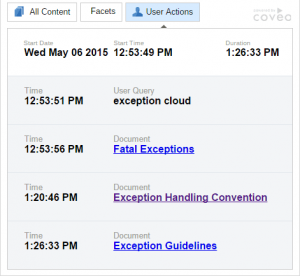
If the case did originate on self-service, carry forward all the context from that session to the rep, such as the searches performed and documents viewed. By not repeating things, the rep will create a more painless channel shifting experience for the customer while also lowering metrics like average handle time.
6 – Share the Success
When closing the case, the rep should always do two things.
First, if no self-service option currently exists for the issue, ask the customer if he or she would be comfortable doing so on that channel if it were enabled in the future. Capture the response in a case field that can be easily reported on so that the queue of self-service enhancements may be easily prioritized based on direct customer feedback.
Second, leverage techniques from the “Knowledge Centered Support (KCS)” methodology to make today’s “unknown” (new) issues become tomorrow’s “known” solutions. Use a demand-driven content review workflow to prioritize the most popular solutions for faster publishing to self-service.
7 – Escalate Intelligently
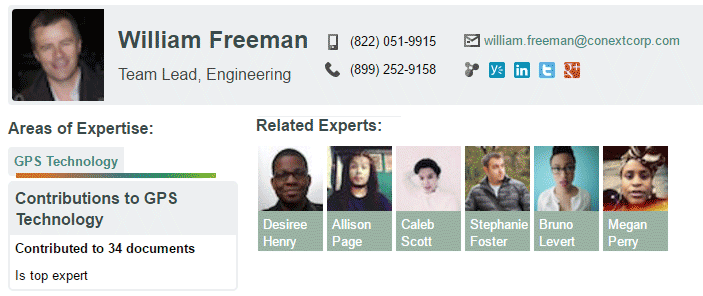
If the current rep can’t solve the problem, find out who can and quickly transfer the case directly to them. Leverage technologies that automatically identify experts based on actions like who had previously closed a case, authored a document, or even sent an email on the topic at hand.
Powerful Results
Brocade is a client of mine enacting these techniques. Matt Duster, their Director of Global Service Operations, described in a recent webinar how even after Brocade achieved their goal of 40% deflection, that still meant over half of the issues would come into the contact center. They intelligently recognized that those cases would become more complex thanks to the success of the self-service program.
So Brocade offers an effective self-service experience paired with painless channel shifting when needed. Their reps find the correct answer within the first few search results for 92% of the cases they work thanks to proper contextualization. Upper tier support engineers are also adopting the tool because of the personalization capabilities. And in doubling their KCS participation, even more solutions are getting published to self-service so that the customer needs to call Brocade less and less. All proof that proficiency is worth a thousand apologies by the empathizers.

Comments
3 responses to “How the Slippery Slope of Self-Service Can Break Your Call Center”
Good article – nice example of putting content into context.
[…] often leverage the “soft skills” of an empathizer employee, but today’s customers expect someone who can control the customer experience, not […]
I can relate to this subject and have put much thought into the subject. Thanks for adding some great ideas.